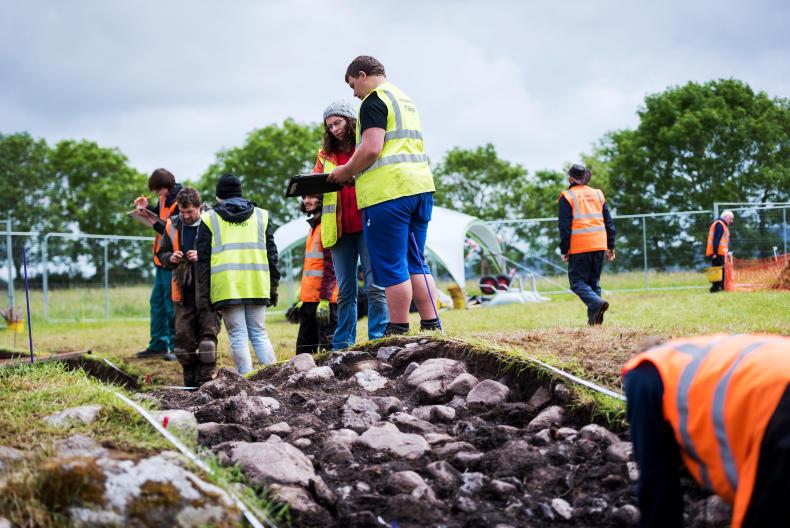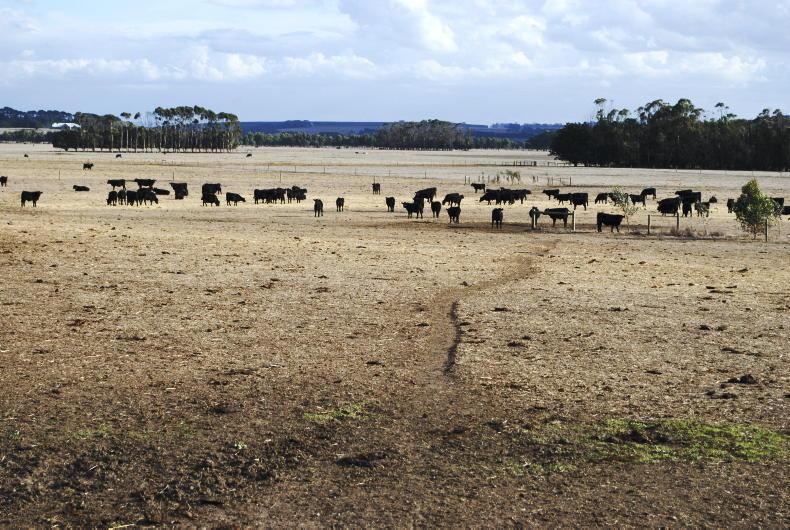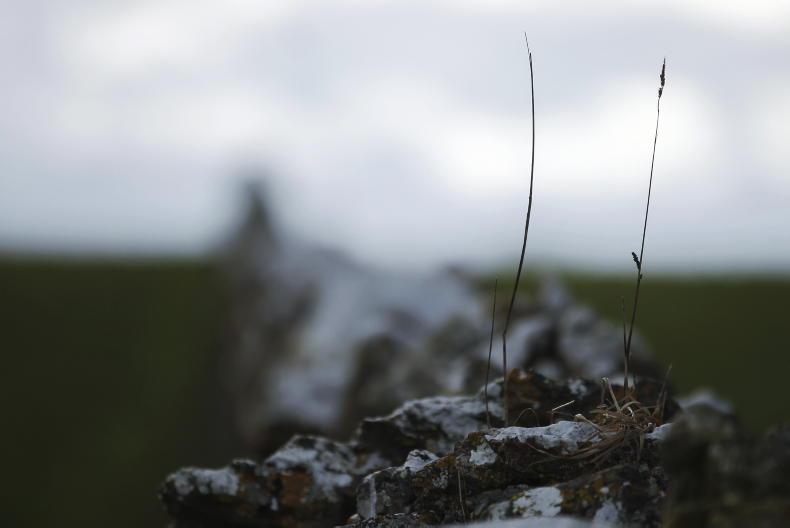Archaeologists from IT Sligo have just completed a two-week excavation of a prehistoric monument in the heart of Carrowmore megalithic complex in Sligo. It is the largest cemetery of megalithic tombs in Ireland and is approximately 5,500 years old.
Dr James Bonsall said: “The excavation trench only covered 10% of the site. Over 350 individual artefacts have been discovered, some within the monument and others outside in the plough soil.” In total over 15t of soil has been thoroughly examined.
The excavation was focused on assessing a more recent structure (2400BC to 400AD) which was firstly classified as a burial “barrow”. However, investigation by the IT has revealed that it is not a barrow and that it doesn’t conform to any archaeological type in Ireland.
Instead the monument contains several prehistoric tools made from a hard stone called “chert”, which indicates that it is prehistoric in date.

Prehistoric chert scrapers and blades found at the excavation at Carrowmore.
A selection of chert scrapers and blades were found at the monument. Dr Bonsall said that "two perfect small blades were found in the deep rich charcoal soil".
He also indicated that the blades were hand held – normally between the thumb and fourth finger.
“The scrapers and blades were used for activities such as working on cutting and preparing food, working on animal hides, bone and basket working – essentially a prehistoric tool kit,” said Dr Dowd.
Plough furrows
Dr Bonsall added: “Artefacts found included tools, glass and pottery with some of the best stone tools being found in the plough furrows. This provides an indication that Carrowmore was ploughed a lot during the 18th to 19th century.”
“There was also signs of plough furrows right beside the monument, indicating that the ploughmen acknowledged the monument and decided to bypass it,” stated Dr Bonsall.
Dr Dowd added: “We are now focused on post-excavation analysis of all new materials discovered with the aim of producing scientific data within the next few months. It is justifiable to say that we are working on a mysterious prehistoric type of monument.”
Archaeologists from IT Sligo have just completed a two-week excavation of a prehistoric monument in the heart of Carrowmore megalithic complex in Sligo. It is the largest cemetery of megalithic tombs in Ireland and is approximately 5,500 years old.
Dr James Bonsall said: “The excavation trench only covered 10% of the site. Over 350 individual artefacts have been discovered, some within the monument and others outside in the plough soil.” In total over 15t of soil has been thoroughly examined.
The excavation was focused on assessing a more recent structure (2400BC to 400AD) which was firstly classified as a burial “barrow”. However, investigation by the IT has revealed that it is not a barrow and that it doesn’t conform to any archaeological type in Ireland.
Instead the monument contains several prehistoric tools made from a hard stone called “chert”, which indicates that it is prehistoric in date.

Prehistoric chert scrapers and blades found at the excavation at Carrowmore.
A selection of chert scrapers and blades were found at the monument. Dr Bonsall said that "two perfect small blades were found in the deep rich charcoal soil".
He also indicated that the blades were hand held – normally between the thumb and fourth finger.
“The scrapers and blades were used for activities such as working on cutting and preparing food, working on animal hides, bone and basket working – essentially a prehistoric tool kit,” said Dr Dowd.
Plough furrows
Dr Bonsall added: “Artefacts found included tools, glass and pottery with some of the best stone tools being found in the plough furrows. This provides an indication that Carrowmore was ploughed a lot during the 18th to 19th century.”
“There was also signs of plough furrows right beside the monument, indicating that the ploughmen acknowledged the monument and decided to bypass it,” stated Dr Bonsall.
Dr Dowd added: “We are now focused on post-excavation analysis of all new materials discovered with the aim of producing scientific data within the next few months. It is justifiable to say that we are working on a mysterious prehistoric type of monument.”










SHARING OPTIONS